1. Fast Food Combos
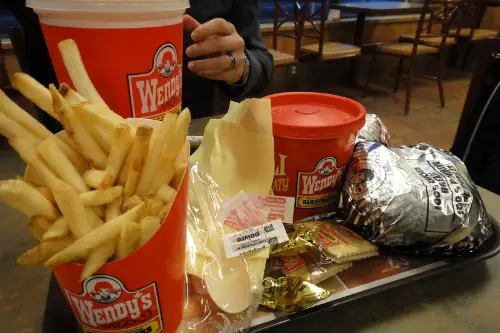
Once the go-to for a quick, cheap meal, fast food combo prices have skyrocketed. In some cities, a basic meal now costs nearly as much as a sit-down restaurant. That’s made people rethink whether convenience is worth the cost. Drive-thrus are still busy—but not like they used to be.
Instead, more Americans are turning to home-cooked meals and meal-prep kits. Grocery store rotisserie chickens, frozen stir-fry kits, and slow cookers are making a comeback. People are rediscovering that cooking at home can be cheaper, healthier, and even kind of fun. Plus, leftovers stretch your dollar further than fries ever could.
2. Brand-Name Groceries

Remember when you wouldn’t dream of swapping Heinz for store-brand ketchup? Those days are fading fast. With prices up across the board, shoppers are ditching brand loyalty in favor of affordability. And surprisingly, most people can’t tell the difference.
Private-label products have stepped up their game, offering quality that rivals national brands. Stores like Aldi and Trader Joe’s have built entire followings around their house brands. Even big chains like Kroger and Walmart are pushing their own lines hard. The stigma is gone—saving money is in.
3. Cable TV

Cable used to be a household staple, but now it feels like a relic. With monthly bills often topping $100, many Americans are cutting the cord. The endless fees, commercials, and bloated channel packages just aren’t worth it anymore. Especially when most people only watch a handful of channels anyway.
Streaming services like Netflix, Hulu, and Max have taken over. Even live sports and news are now available through cheaper digital bundles. People are customizing their viewing habits instead of paying for what they don’t use. And once you cut the cord, you rarely look back.
4. New Cars

Buying a brand-new car used to be a milestone. But with average prices hovering around $48,000, many Americans are saying “no thanks.” High interest rates and limited inventory have made financing a new vehicle feel out of reach. Even leases aren’t the deal they used to be.
Instead, people are holding onto their cars longer or buying used. Certified pre-owned vehicles and car-sharing services are gaining popularity. Some are even turning to electric bikes or public transit for short commutes. The shiny new car smell just isn’t worth the financial squeeze anymore.
5. Paper Towels
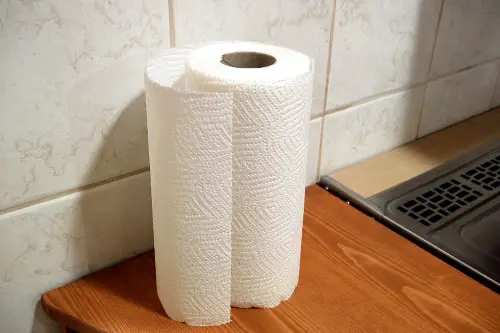
They were once a kitchen essential, but now they’re a luxury some folks are skipping. With prices creeping up and environmental concerns growing, paper towels are losing their grip. People are realizing how quickly they go through a roll—and how expensive that habit becomes. Plus, they’re not exactly planet-friendly.
Reusable cloths, microfiber towels, and even old T-shirts are stepping in. They’re washable, durable, and surprisingly effective. Some households have cut their paper towel use in half—or eliminated it entirely. It’s a small change that adds up over time.
6. Daily Coffee Runs
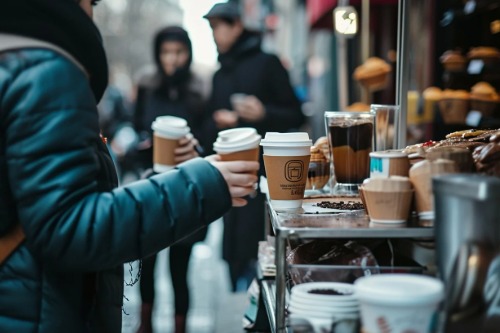
That $6 latte habit? It’s getting harder to justify. With inflation hitting everything from beans to baristas, coffee shop prices have surged. What used to be a daily ritual is now an occasional treat for many. And yes, people are feeling the pinch.
Enter the home brew renaissance. Americans are investing in French presses, espresso machines, and fancy beans from local roasters. TikTok is full of DIY iced coffee hacks and frothy milk tutorials. Making your own cup isn’t just cheaper—it’s become a point of pride.
7. Dryer Sheets
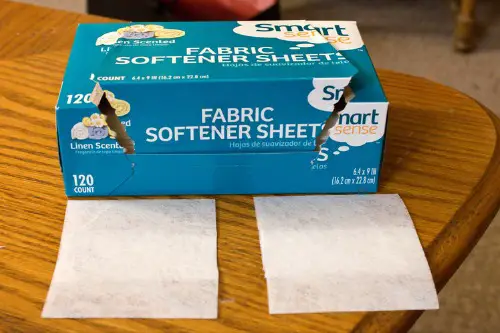
They seem harmless, but dryer sheets are quietly disappearing from laundry rooms. At $6 to $8 a box, they’re an easy item to cut when budgets tighten. Plus, concerns about chemicals and skin irritation are making people think twice. The fresh-linen scent just isn’t worth the cost for some.
Reusable wool dryer balls are the new go-to. They reduce static, soften clothes, and last for hundreds of loads. Some people are even skipping the dryer altogether and line-drying when possible. It’s a small shift, but one that reflects a broader move toward sustainability.
8. Gym Memberships
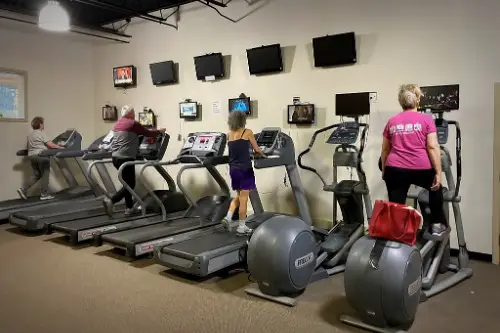
The pandemic forced people to rethink how they work out—and many never went back. With monthly fees, crowded spaces, and limited flexibility, traditional gyms are losing appeal. Americans are realizing they can stay fit without the commute or the cost. And honestly, who misses waiting for the squat rack?
Home workouts, fitness apps, and YouTube trainers have filled the gap. Walking, running, and cycling outdoors are also on the rise. Even virtual classes with live instructors are more affordable than a gym membership. Fitness is becoming more personal—and more budget-friendly.
9. Bottled Water
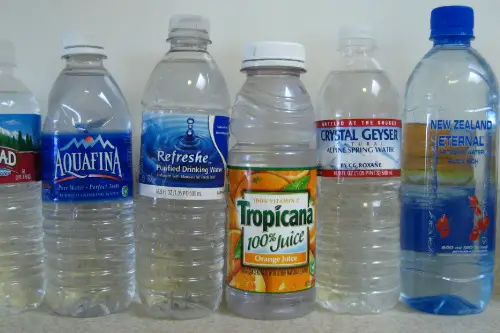
It used to be a status symbol to carry around a designer water bottle. But now, bottled water is being seen as wasteful and overpriced. With growing awareness of plastic pollution and rising costs, many Americans are opting out. Why pay for something that comes out of your tap?
Reusable water bottles and home filtration systems are the new norm. Brands like Brita, Hydro Flask, and Berkey are booming. People are realizing that filtered tap water is just as good—if not better. And it’s a win for both your wallet and the planet.
10. Subscriptions They Forgot They Had

From streaming to meal kits to monthly boxes, subscription fatigue is real. What started as convenience has turned into a budget black hole. Americans are combing through their bank statements and canceling what they don’t use. It’s not just about saving money—it’s about reclaiming control.
Instead of juggling five streaming services, people are rotating one or two at a time. They’re meal-prepping instead of relying on delivery kits. And they’re unsubscribing from newsletters that lead to impulse buys. Simplicity is making a comeback.
11. Designer Fashion
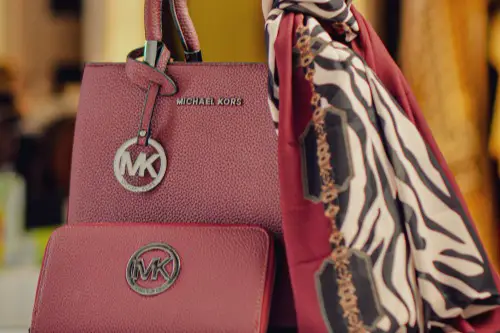
High-end fashion used to be aspirational, but now it feels out of touch. With prices climbing and priorities shifting, fewer Americans are splurging on luxury labels. The resale value isn’t what it used to be, and trends move too fast to keep up. Plus, fast fashion has lost its luster too.
Instead, people are embracing thrift stores, vintage finds, and capsule wardrobes. Apps like Poshmark and Depop make secondhand shopping easy and stylish. Quality basics and timeless pieces are replacing flashy logos. It’s fashion with a conscience—and a budget.
12. Bread

Yes, even bread is on the chopping block. With prices rising and ingredients shrinking, many Americans are buying less of it. Some are switching to cheaper brands, while others are skipping it altogether. And for the ambitious, baking at home has become a satisfying alternative.
Sourdough starters, no-knead recipes, and bread machines are making a comeback. People are experimenting with almond flour, oat flour, and gluten-free options. It’s not just about saving money—it’s about knowing what’s in your food. And nothing beats the smell of fresh bread from your own oven.
13. Eggs
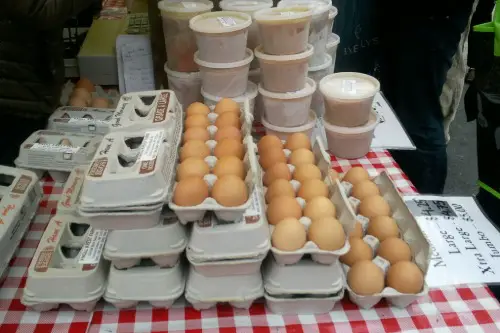
Egg prices hit record highs in recent years, and many shoppers simply stopped buying them. Whether due to inflation or ethical concerns, eggs have lost their spot as a fridge staple. People are finding creative ways to replace them in cooking and baking. And surprisingly, it’s working.
Applesauce, flaxseed, and aquafaba (chickpea water!) are popular egg substitutes. Some are turning to plant-based egg products or skipping eggs entirely. It’s a shift that reflects both economic pressure and changing food values. And it shows how adaptable American kitchens really are.
This post 13 Things Americans Are Quietly Giving Up—and What’s Replacing Them was first published on American Charm.


